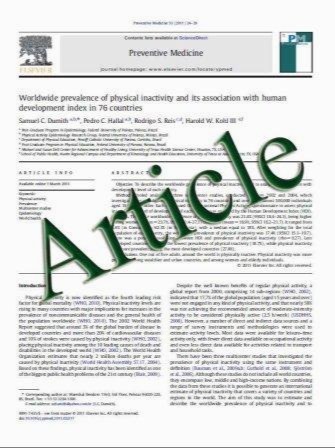Priority setting in a hospital critical care unit: Qualitative case study
- نوع فایل : کتاب
- زبان : انگلیسی
- مؤلف : Jens Mielke, DA, MHSC, MRCP; Douglas K. Martin, PhD; Peter A. Singer, MD, MPH, FRCPC
- چاپ و سال / کشور: 2003
Description
Objective: To describe priority setting for admissions in a hospital critical care unit and to evaluate it using the ethical framework of “accountability for reasonableness.” Design: Qualitative case study and evaluation using the ethical framework of accountability for reasonableness. Setting: A medical/surgical intensive care unit in a large urban university-affiliated teaching hospital in Toronto, Canada. Participants: Critical care unit staff including medical directors, nurses, residents, referring physicians, and members of a hospital committee that formulated an admissions policy. Interventions: Modified thematic analysis of documents, interviews with participants, and direct observation of critical care unit rounds. Evaluation using the four conditions of Daniels and Sabin’s accountability for reasonableness: relevance, publicity, appeals/revisions, and enforcement. Measurements and Main Results: We examined key features and participants’ views about the priority setting process. Decisions to admit patients involve a complex cluster of reasons. Both medical and nonmedical reasons are used, although the nonmedical reasons are less well documented and understood. Medical directors, who are the chief decision makers, differ in their reasoning. Admitting decisions and reasons are usually explained to referring staff but seldom to patients and families, and nonmedical reasons are seldom surfaced. A hospital critical care admissions policy exists but is not used and is not known to all stakeholders. A formal appeals/revisions process exists, but appeals usually involve informal negotiations. The existence of priority programs in the hospital (e.g., transplantation) adds complexity and heightens disagreement by stakeholders. Conclusion: We have described and evaluated admissions decision making in a hospital’s critical care unit. The key lesson of our study is not only the specific findings obtained here but also how combining a case study approach with the ethical framework of “accountability for reasonableness” can be used to identify good practices and opportunities for improving the fairness of priority setting in intensive care. (Crit Care Med 2003; 31:2764 –2768)


